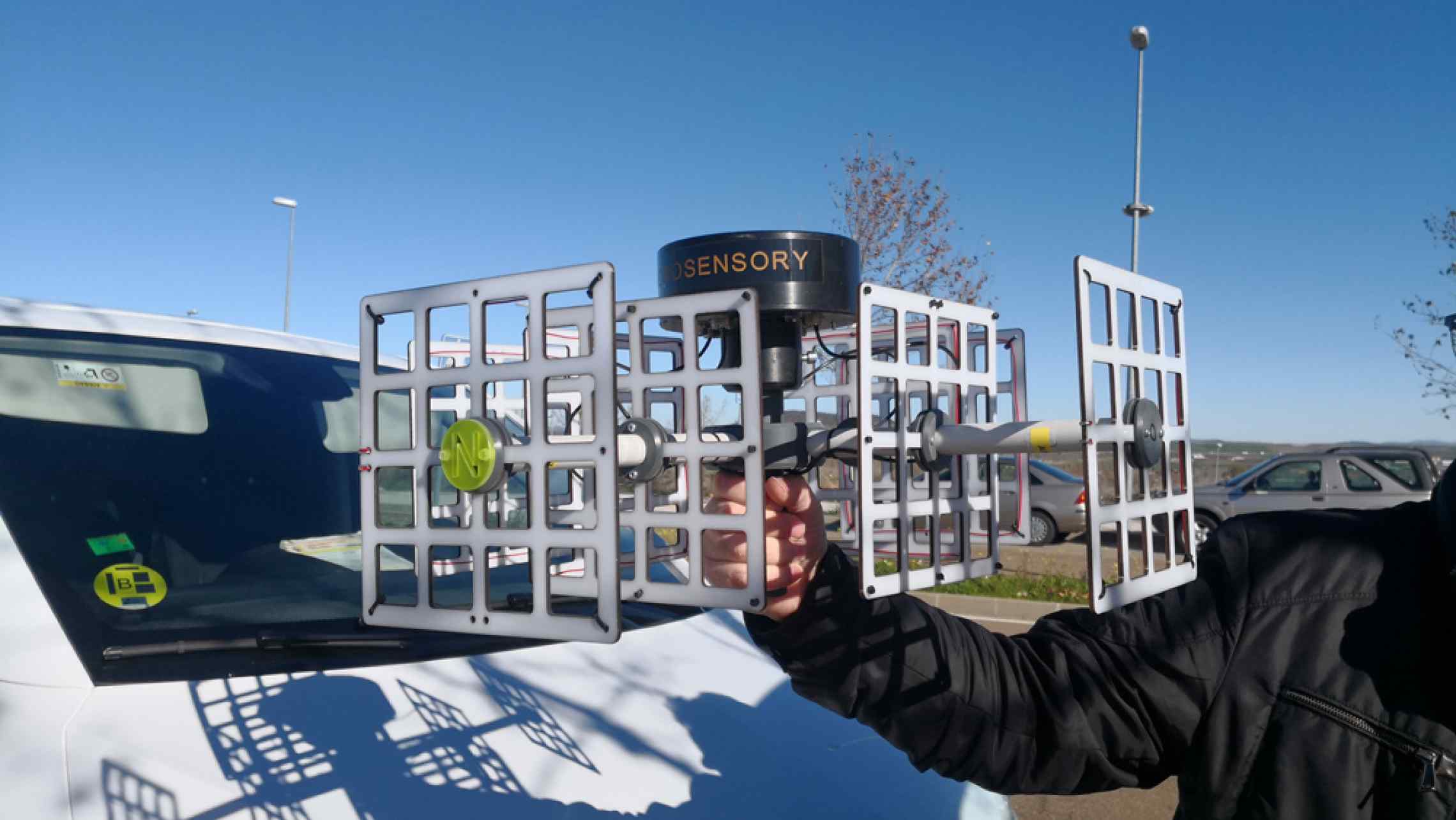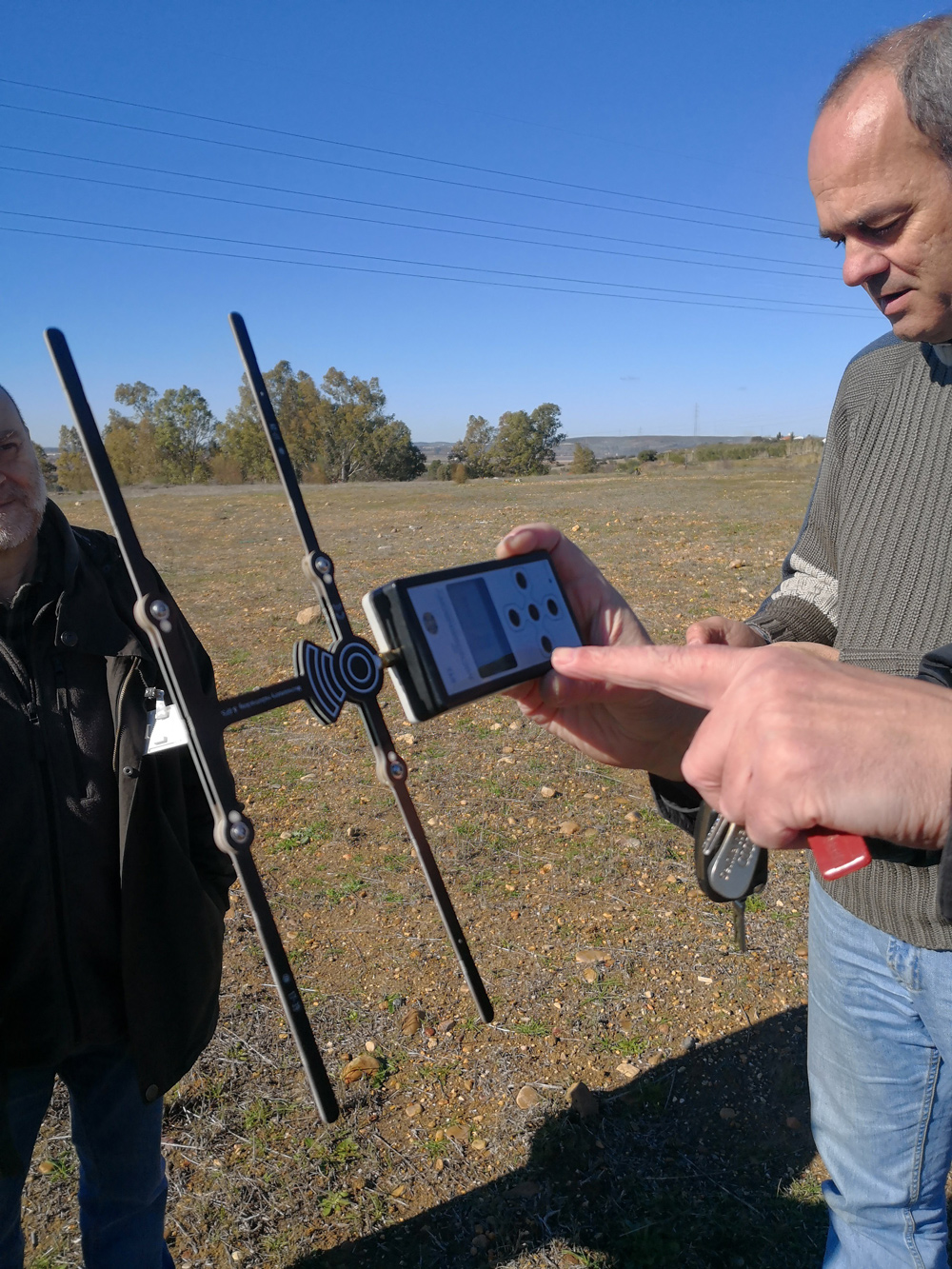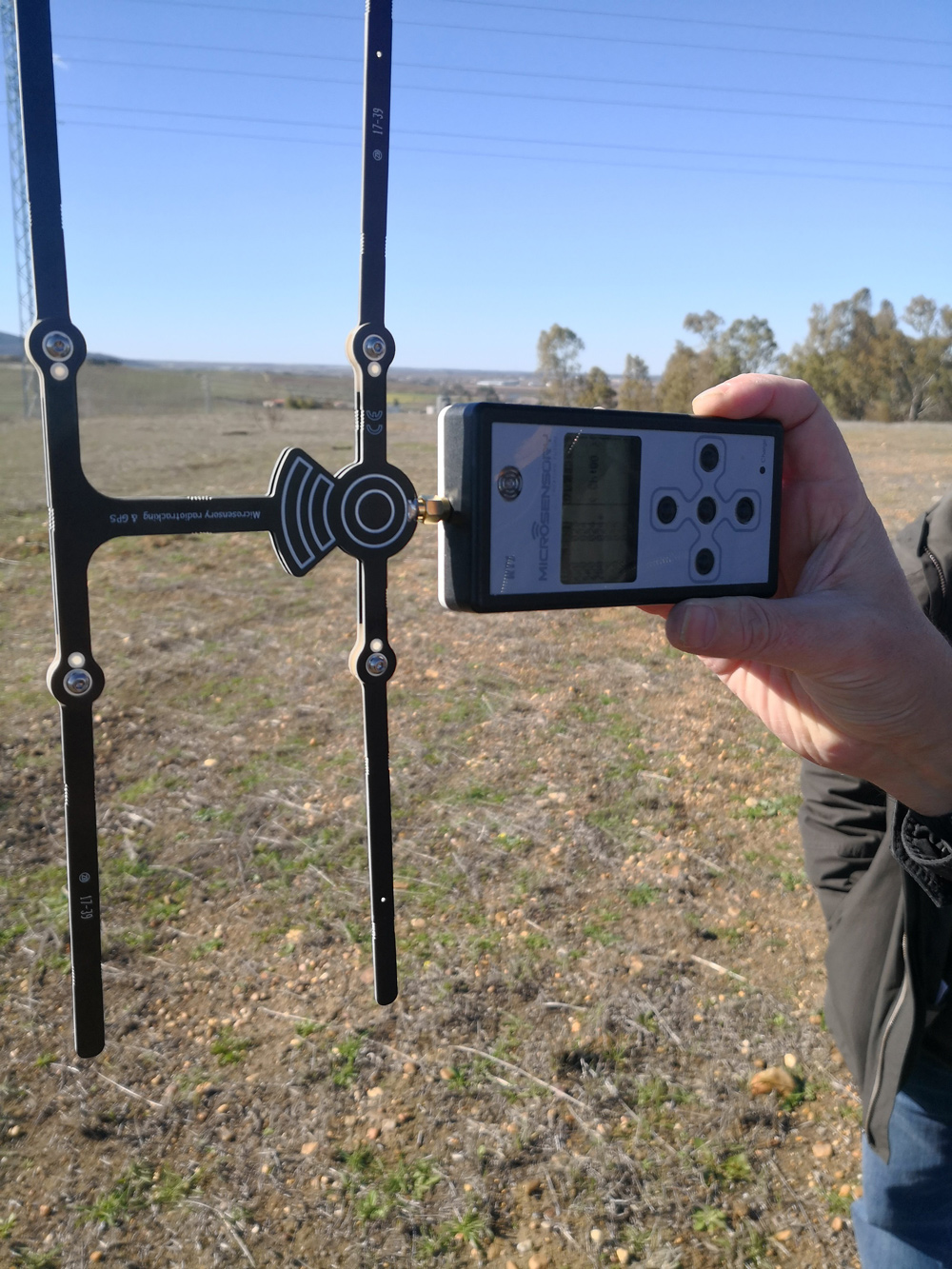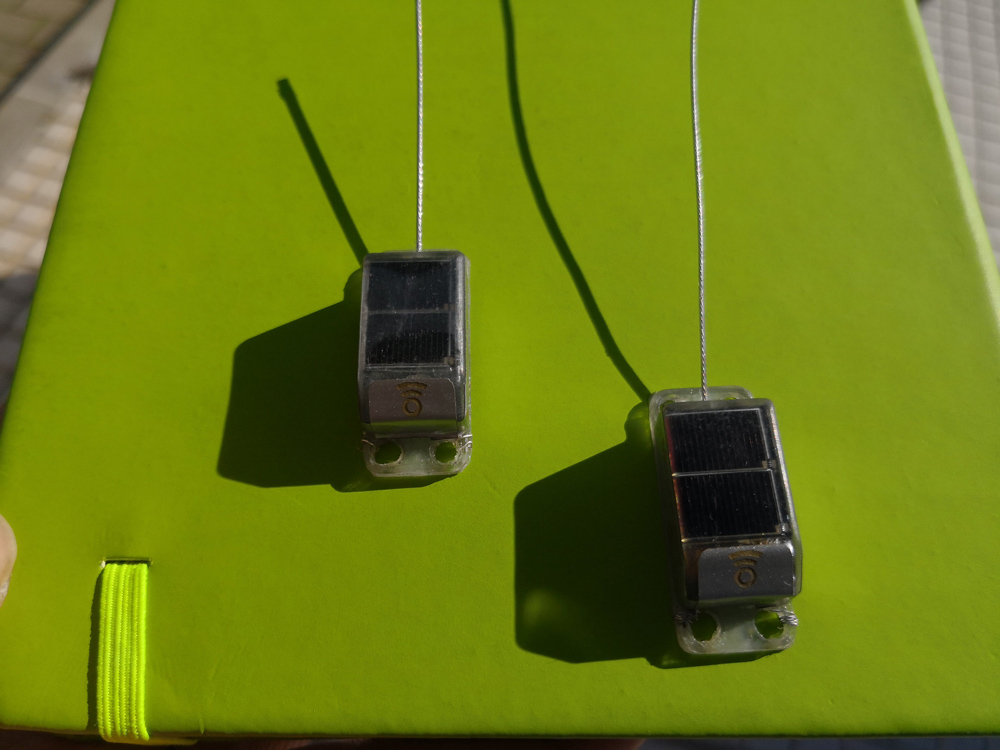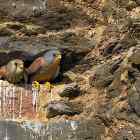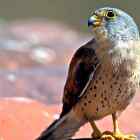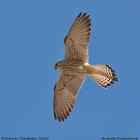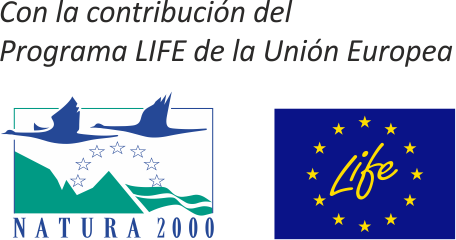On Friday 2nd February 2018 a technical meeting was held in the installations of the State Office for the Environment of the Regional Government of Extremadura by the members of the LIFE ZEPAURBAN Project, the State Office for the Environment, and Terra Naturalis together with the company Microsensory SL. This company has been awarded the tender for supplying satellite and GPS transmitters so as to carry out the follow-up of over 50 individuals of Lesser Kestrel in the forthcoming years.
By following the guidelines of the technicians of the LIFE ZEPAURBAN Project, Microsensory SL has designed GPS transmitters especially for the lesser kestrel while taking into account the unusual biology of the species and its migratory nature. The transmitters can be configured individually in remote mode so as to optimise both data collection and the duration of the battery.
Initially the LIFE ZEPAURBAN Project contemplated the fitting of transmitters based on technology requiring the recapture of all individuals in order to obtain the stored data. Nevertheless, at the first technical meetings it was agreed with Microsensory SL that it was necessary to develop a system of remote data collection so as to avoid having to recapture the birds. Microsensory SL has therefore developed a new transmitter technology that makes it easy to obtain the data by the use of a handheld aerial, an aerial with a receiver base, or even via the Internet. Finally it was decided to use a downloading aerial with a receiver base which will automatically store the data on all the lesser kestrels of each colony.
Various experiments were carried out in the field to check the capacity of the GPS transmitters and different types of receiving aerials were tested. Several limiting situations concerning the reception of data similar to those which will arise in the urban areas inhabited by the lesser kestrel, such as the existence of physical barriers (buildings) or possible interferences (aerials, high voltage power lines), were also tested with great success. Exceptional data reception values were obtained even at distances of over 1000 m between the transmitter and the receiver.
Over the next few days the serial production of these transmitters will begin at the company's production centre and by early March all the equipment will be available, which is when it is expected that the transmitters will be fitted to the birds of the colonies chosen for this initiative.
